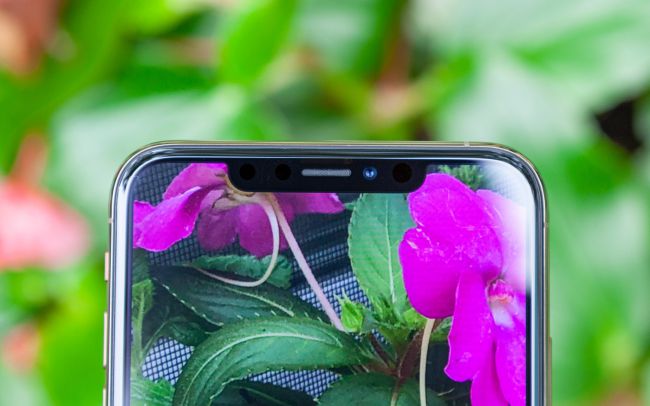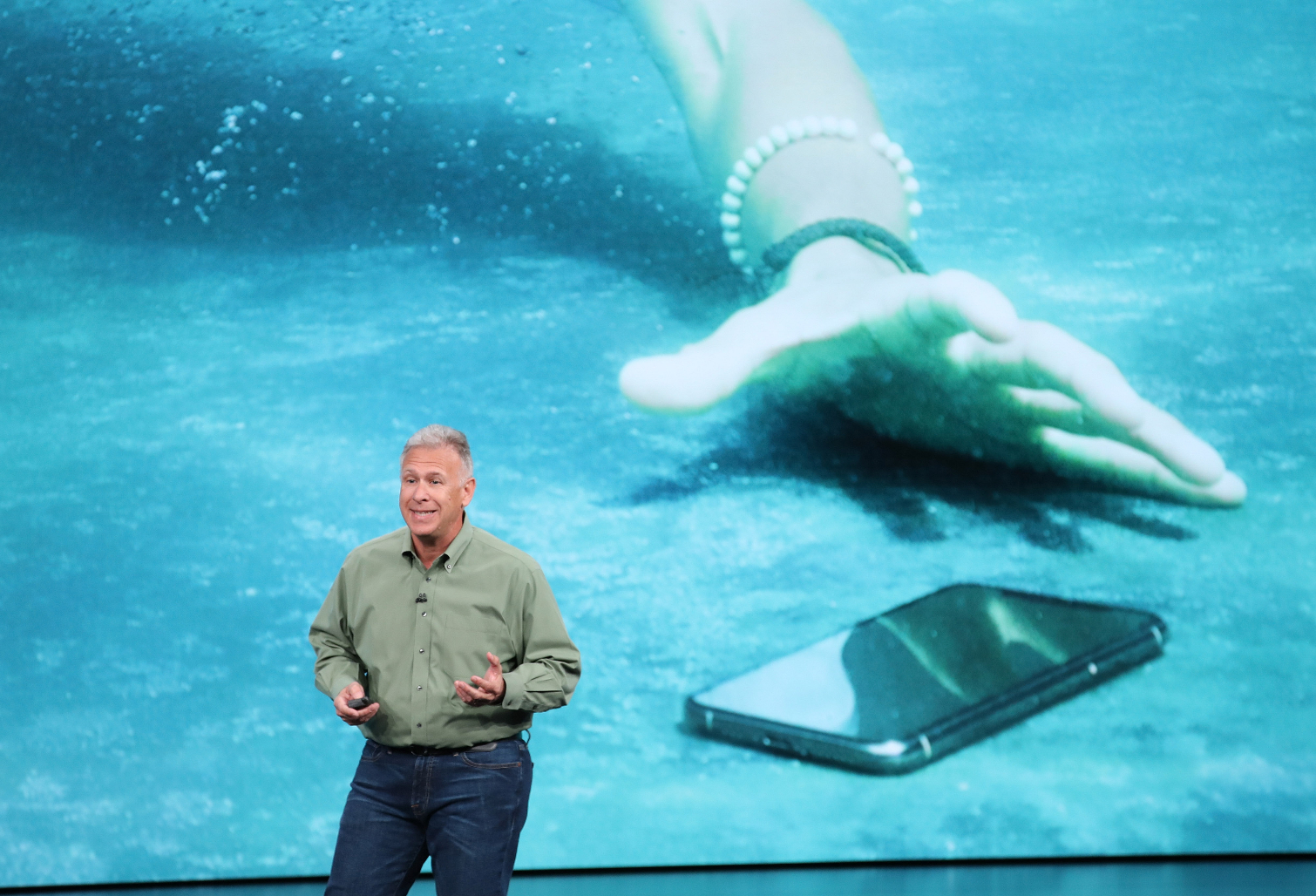Beyond iPhone 11: Apple Needs to Make These 5 Big Upgrades
With the smartphone market stalling, Apple can't afford to keep offering iterative upgrades. It needs to make these critical improvements.
The iPhone 11 is just around the corner, but a lot of people are already talking about the 2020 iPhones -- and not just because those handsets are the ones expected to make the jump to 5G.

A report by reliable Analyst Ming-Chi Kuo suggests that Apple will be tweaking the size of its iPhones in 2020, making the successor of the 5.8-inch iPhone XS a smaller 5.4-inch model, while boosting the successor of the 6.5-inch iPhone XS Max to 6.7 inches. (The 6.1-inch iPhone XR size would make the move to OLED in 2020 but remain the same size it is today.)
It's an interesting potential move on Apple's part, allowing the three models to offer an even clearer difference in size. And given that we now live in a world where we get our iPhone rumors more than two years in advance, it made me consider just what Apple's future hardware development priorities might be for the iPhone.
Even Apple, one of the world's most valuable and creative companies, is limited by time, money, and the laws of physics... but I'm not. So here are some key areas I'd love to see Apple push their smartphone hardware over the next few years.
Building a better camera
Is it too much to say that cameras drive the smartphone upgrade cycle? It's certainly the bit of hardware that consumers seem to care most about. The pace of progress in smartphone cameras has been enormous, but manufacturers do seem to be rapidly butting up against the laws of physics.

Still, there's more to be done. Building multiple lenses on the back of a phone is already a trend, and it's one that I would expect to continue, since building a bunch of cameras with different attributes seems to be easier (and take up less space) than building a single camera that can do it all. Gathering more light and getting better image data--whether via parallax from multiple cameras or via more advanced sensor systems--would seem to lead to better pictures.
Get instant access to breaking news, the hottest reviews, great deals and helpful tips.
MORE: Best Camera Phone - Smartphones With the Best Quality
Of course, the real arms race when it comes to making better smartphone images may be on the software side, evidenced by the prowess of Google's Pixel 3 and Pixel 3a. Assembling good photos out of a mass of camera data, and using machine learning to augment those photos so that they're aesthetically pleasing, makes sense when you've got powerful processors attached to optics that are severely limited by the thinness of the phone itself.
Several companies have attempted to use the interior of their phones to bounce light around and emulate longer lenses, such as the Huawei P30 Pro and its 10x hybrid zoom. And I assume that Apple has experimented with that as well. And while I don't imagine that a pop-out zoom lens would be elegant enough for Apple, it's not impossible to imagine the company building a sensor-laden camera bump that could extend outward when you're shooting pictures, and then retract to near-flat automatically when you're done.
Increased durability
For my money, the real frontier in smartphone hardware design is reducing how often these small, thin, expensive devices break. Over the last years, waterproofing has been on the rise, which is a great trend. I'll point out, though, that even Apple's latest "waterproof" phones offer no warranty against ingress from water--if you use that IP68 iPhone XS to shoot photos of sea turtles on a vacation snorkel trip and it ends up dead because of a leak, you're on the hook for the repair, not Apple.

So one step forward here is for waterproofing that's so good that Apple will guarantee that your iPhone won't drown, or it will cover the cost of fixing them. That hasn't happened yet, but it should.
Then there's screen protection. Obviously, everyone in the phone industry is pushing its glass suppliers to formulate new materials that will make it less likely that you'll wreck your device if you drop it on the floor. Corning has made great strides with its Gorilla Glass, but there's always more to be done here. Apple should also keep pushing to make the frames of the phones more impact resistant, since many broken screens happen because the iPhone's frame has been pushed in, pressuring the glass until it breaks.
Nobody wants a phone that weighs more, but right now most people choose to add bulk and weight (in the form of protective iPhone cases) in order to gain drop protection for their phones. There's room to add a little bulk and create a more rugged phone.
No more glare
Speaking of display materials, it's worth nothing that smartphones still have major issues with glare. Anti-glare coatings have come a long way, it's true, but when I'm at the pool or the beach this summer I'm going to be reading on my largely glare-free Kindle, rather than on an iPhone or iPad.
MORE: The Best iOS Apps You're Not Using (But Should Be)
Apple's new (and extremely expensive) Pro Display XDR offers a version for an additional $1,000 that includes a laser-etched glass screen that dramatically decreases glare. I wonder if Apple and Corning have discussed future possibilities for iPhone and iPad screens that would trade chemical glare coatings for a special etching process? I hope so.
It's all about the battery
Perhaps the biggest improvement Apple could make in the happiness of iPhone buyers is increased battery life. Most iPhones still don't last through an entire day of heavy use, which should be the goal. Based on Tom's Guide's battery life test, the longest lasting iPhone right now is the iPhone XR, which endured for an impressive 11 hours and 26 minutes. Still, the Huawei P30 Pro (12:53) and Galaxy S10 Plus (12:35) lasted over an hour longer.

There are a few variables that go into extending battery life. The batteries can be made more efficient--and between smartphones and electric cars and an increase in solar power, there's enormous interest and investment in building better battery technology. Batteries in phones can also be made larger, but at the cost of weight and size, and Apple's shown very little interest in building thicker and heavier iPhones.
And then there are power-saving advances in all the components on the iPhone. The less power a phone uses, the longer its battery lasts--and this savings is how Apple has generally made iPhones last longer with physically smaller batteries over the years. The more processors Apple builds for itself, the more it can prioritize low-power operation and extend the battery lives of its devices. (For example, Apple's recent A-series processors have multiple processor cores, some of which use very little power, allowing the phone to only ramp up and drain the battery when absolutely necessary.)
Screen size still matters
Finally, while I applaud the potential downsizing of the iPhone XS and the upsizing of the iPhone XS Max, a 5.4-inch iPhone is not going to satisfy the people who still lament the passing of the 4-inch iPhone SE screen. Apple needs to build a new smaller phone, one that will appeal to people with small hands and small pockets and generally no desire to hold a giant phone in their hand.
Sometimes, less really is more.
Jason Snell was lead editor of Macworld for more than a decade and still contributes a weekly column there. He's currently running the Six Colors blog, which covers all of Apple's doings, and he's the creative force behind The Incomparable, a weekly pop culture podcast and network of related shows.
